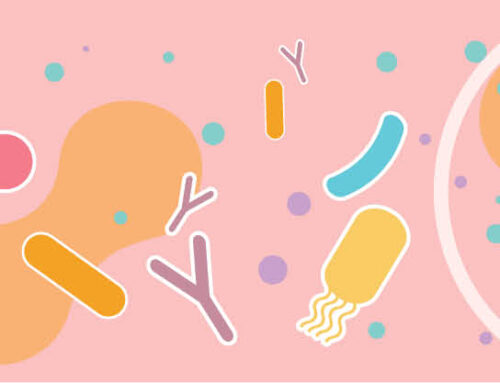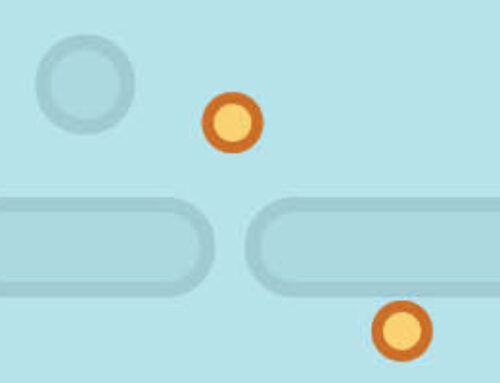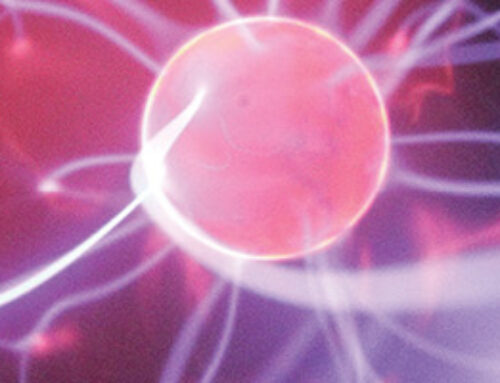The role of testosterone in the body and its potential uses has been studied for centuries. Rather than discuss the chemistry of the powerful hormone and the research done on rooster testicles, let’s talk about what happens when men and women don’t have enough testosterone.
Though some people are worried abut the dangers of testosterone, researchers have seen a great risk when testosterone levels are deficient. I listened to a renowned heart surgeon speak on how he is so concerned about the health of the heart and blood vessels with low testosterone levels that he doesn’t want to discharge anyone after a surgery without it.
TESTOSTERONE IN MEN
As described in one man’s story, men with low testosterone feel fatigued, depressed or irritable, can’t sleep and have sweats and hot flashes. They lose memory, concentration, focus and don’t perform well at work. Muscle mass is lost, and both exercise and sexual performance are difficult. Morning erections and erections after ejaculation are lost, so yes, sex can be a problem. But even if a man is a priest, health declines in general. Men with low testosterone have more risk for heart disease, stroke, diabetes, stroke, Alzheimer’s disease, prostate cancer, arthritis, osteoporosis and more belly fat.
Jim was able to quickly get off his antidepressant medication and have a fulfilling life again when he began using testosterone pellets.
TESTOSTERONE IN WOMEN
Men produce twenty times more testosterone than women, yet women with low testosterone levels have problems similar to those experienced by men. Women with low testosterone have a lack of mental clarity, anxiety, depression, fatigue, decreased sex drive, osteoporosis, and increased risk of heart disease.
Personally, I have used estrogen, but when I added hormone pellets to my life, I quit crying! (In fact, I had to have someone close to me die to find out that I still can cry). My cholesterol numbers improved, I have more mental clarity and focus, better sleep, and great sex drive.
In fact, both men and women see cholesterol numbers improve progressively over a year on testosterone supplementation.
FORMS OF TESTOSTERONE
Forms of testosterone include some creams that I prescribe vaginally or topically for women and now, pellet therapy. Men use injections, usually once per week, though sometimes twice weekly since they can feel testosterone levels rise and fall with injections. Many men also use topical gels or creams. The topical forms for men are more risky to family members, since it is hard not to transfer to others in the family. (I have found high levels in wives of patients treated with topical testosterone, even with a pharmacist who knew how to handle it). There also is a possible risk of heart disease and blood clots from metabolites or hormones that it turns into in the skin.
PELLET THERAPY
You can see that the pellets are my favorite form of testosterone to use but there are a few downsides. The one that caused me to wait for five years to even start using pellets was that if we don’t like the reaction, we can’t take them out.
Out of the 200 or so pellets that I’ve put in, only one person wanted them removed. This client felt extreme anxiety, likely caused by a testosterone spike, or the quick absorption of testosterone. After 1-1/2 weeks of using Xanex and calming supplements, she was very happy with her energy and libido.
The other more discouraging problem was unfortunately experienced by Jim who had two extrusions, which is when the pellets work their way out of the skin, so they are lost, and cause some oozing. I have not seen infection but that is a possibility whenever we cut into the skin.
COST OF PELLET THERAPY
The cost of pellets can be prohibitive for some people which is the only reason some men choose injections over pellets. For bigger men, pellets cost $650 and $750 for the five to six months that they last. Women’s pellets cost $350 for a three to five month duration. The difference in price is due to doses and time spent on insertion.





